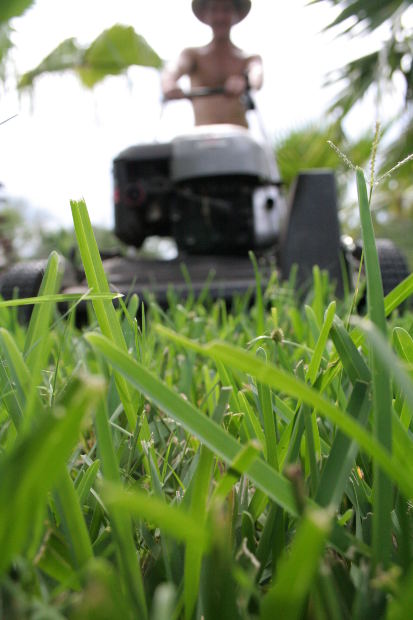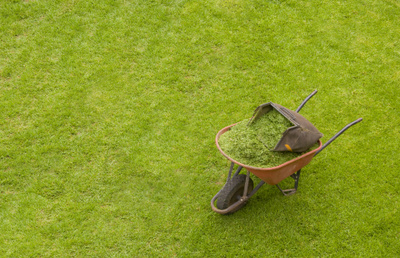50% Off First Application¹
Call 1-855-940-1479
and connect with a TruGreen consultant
For many homeowners, a grass lawn from seed is an affordable, efficient method of increasing value and maintaining a beautiful home. There are hundreds of types of grass seed commercially available across the country and it may seem overwhelming to choose the right seed for your yard.
There are many things to keep in mind when you decide to buy grass seed for your yard. A few of the biggest issues may include:
- The amount of sun/shade your lawn gets regularly
- The amount of annual rainfall typical for your area
- Your yard’s general climate zone
- What type of traffic your lawn will need to withstand
- How much maintenance you’re willing to commit to

Choosing Grass Seed for your Yard
As you research seeds, keep in mind there are two main types of turf grass in the US: warm-season grass and cool-season grass. Before you buy seed, talk to a local nursery to find out which type of grass works best in your area.
Nearly all types of COOL SEASON GRASS can be grown from seed. These grasses work well in areas with heavy frost such as the Northeast and popular cultivars include Fescue, Creeping Bent Grass, and Ryegrass.
Only some types of WARM SEASON GRASS will grow from seed; others have to be laid as sod or through sprouts. Cultivars like Bermuda grass, Zoysia, and St. Augustine grass are popular in warm-season areas such as the Southeast and Southwest.
Once you’ve decided on cool vs. warm-season grass, it’s time to choose the type of seed you’re going to plant. Again, there are two main types of seeds:
Straight Seed:
Straight seed is made up of only one variety. The manufacturer is essentially verifying that you’re buying only one type of grass seed per bag, say, Kentucky Bluegrass or Fescue. For a uniform, totally pure yard, straight seed is a good idea. Keep in mind some straight seed lawns have a harder time germinating and may be more susceptible to problems like weeds and bugs.
Blends:
The majority of grass seed is sold as a “blend.” This means each bag contains a blend of different (but likely complimentary) seed varieties that are specially designed to enhance one another’s growth. Blends help ensure better resistance to pests and drought and they can lend a more carpeted-look to your lawn. Be careful to avoid a blend that doesn’t specify the seed types included – this means you’re likely buying inferior seed.

What to Keep in Mind When Buying Grass Seeds
As with any over-the-counter lawn solution, there are a few things you’ll want to be aware of when shopping for seed.
– Be sure to buy seed that claims upwards of 80% germination rate
– Seed should include less than 2% weeds (all blends include some weeds)
– Make sure your seed isn’t past its expiration date to ensure germination
If you have questions or concerns about grass seeds for your yard, contact a professional in your area who will be more familiar with your particular soil and climate conditions.

TruGreen will gladly visit your property as often as needed between scheduled visits to make any necessary adjustments and to ensure your satisfaction.
Getting Started with TruGreen
- Call or fill out the form above to reach a lawn care specialist.
- Know the square footage of your yard, as well as any specific areas of concern.
- With the help of your specialist, create a customized lawn care plan that meets your lawn’s needs.
- Schedule your Healthy Lawn Analysis2 to start your service.
